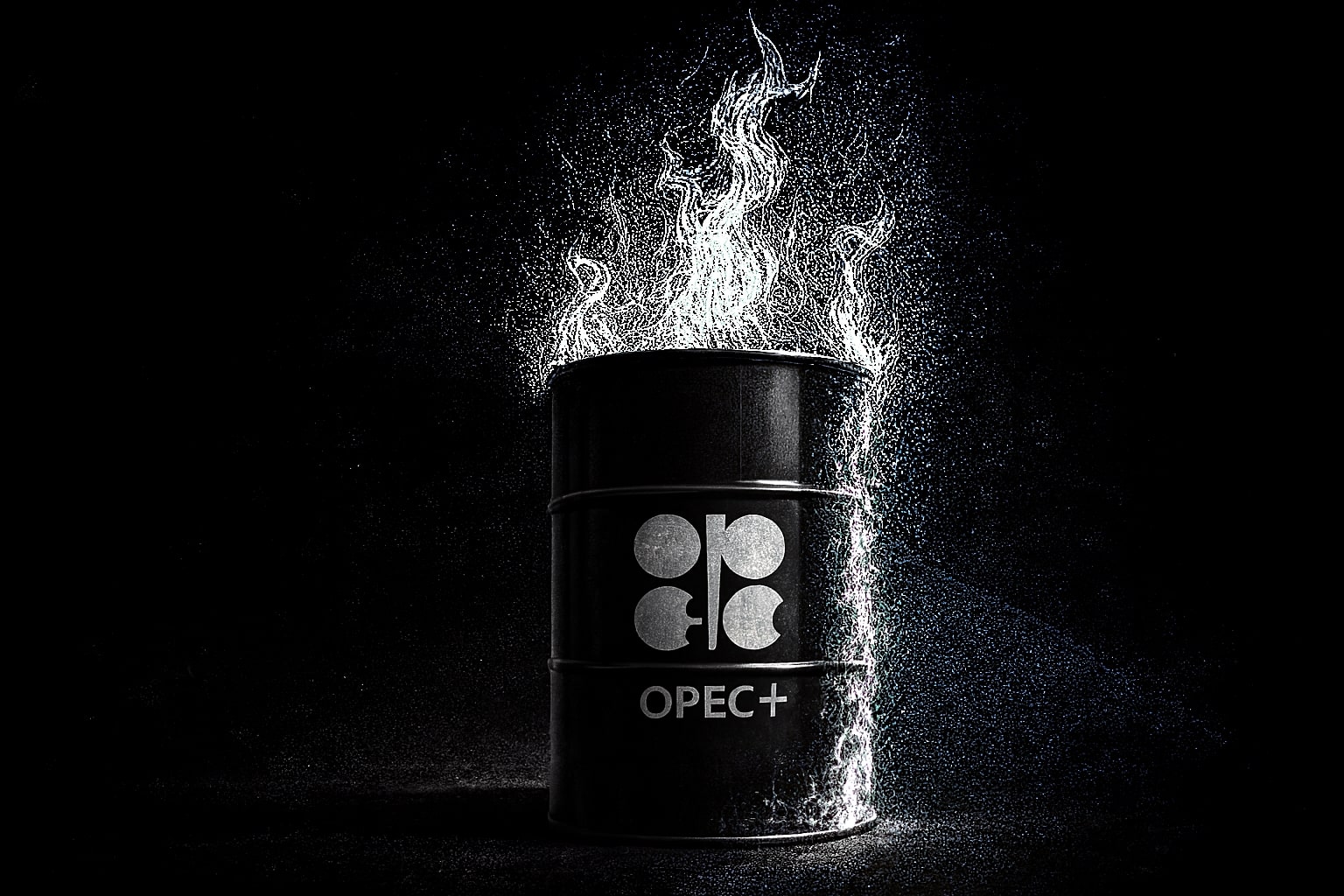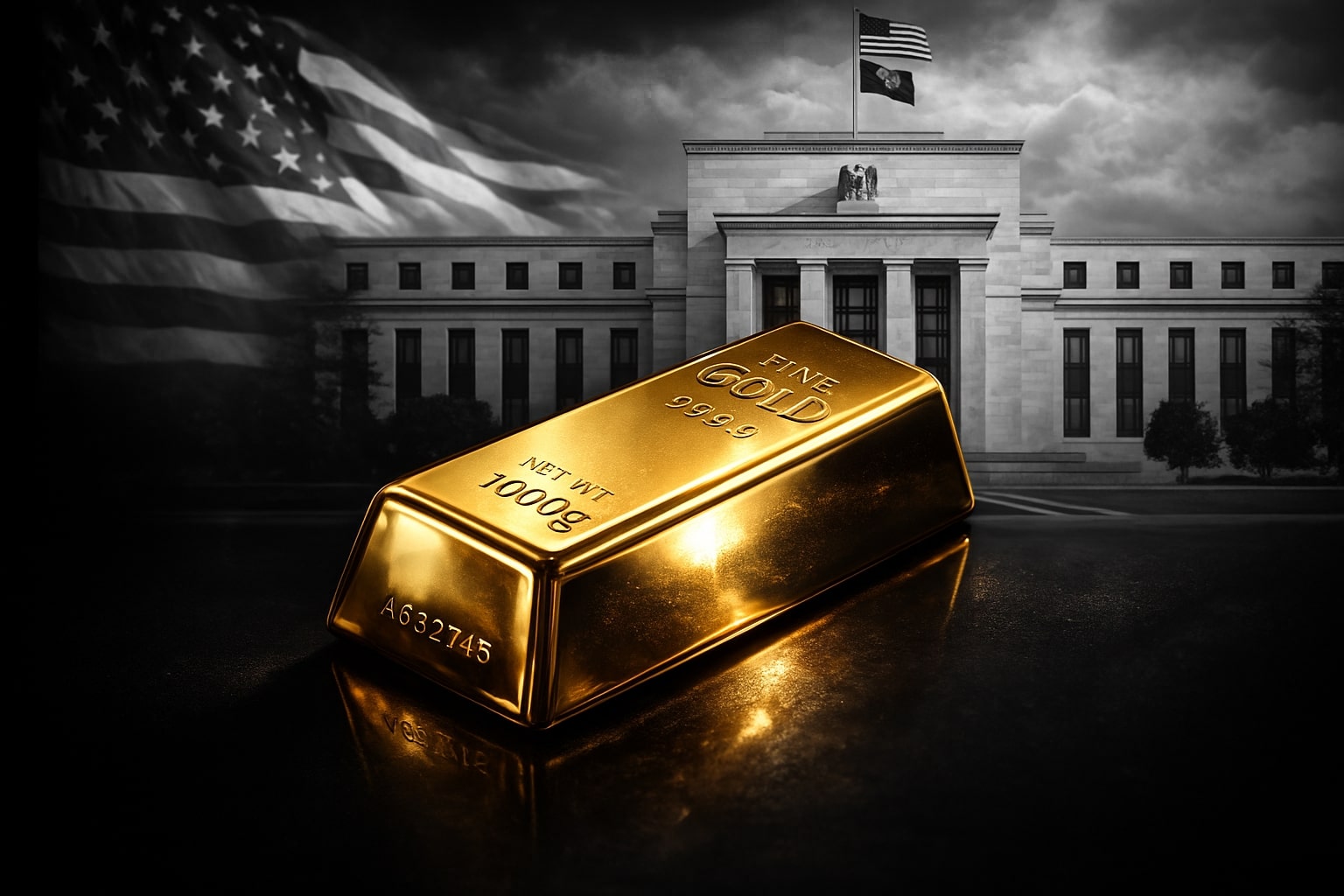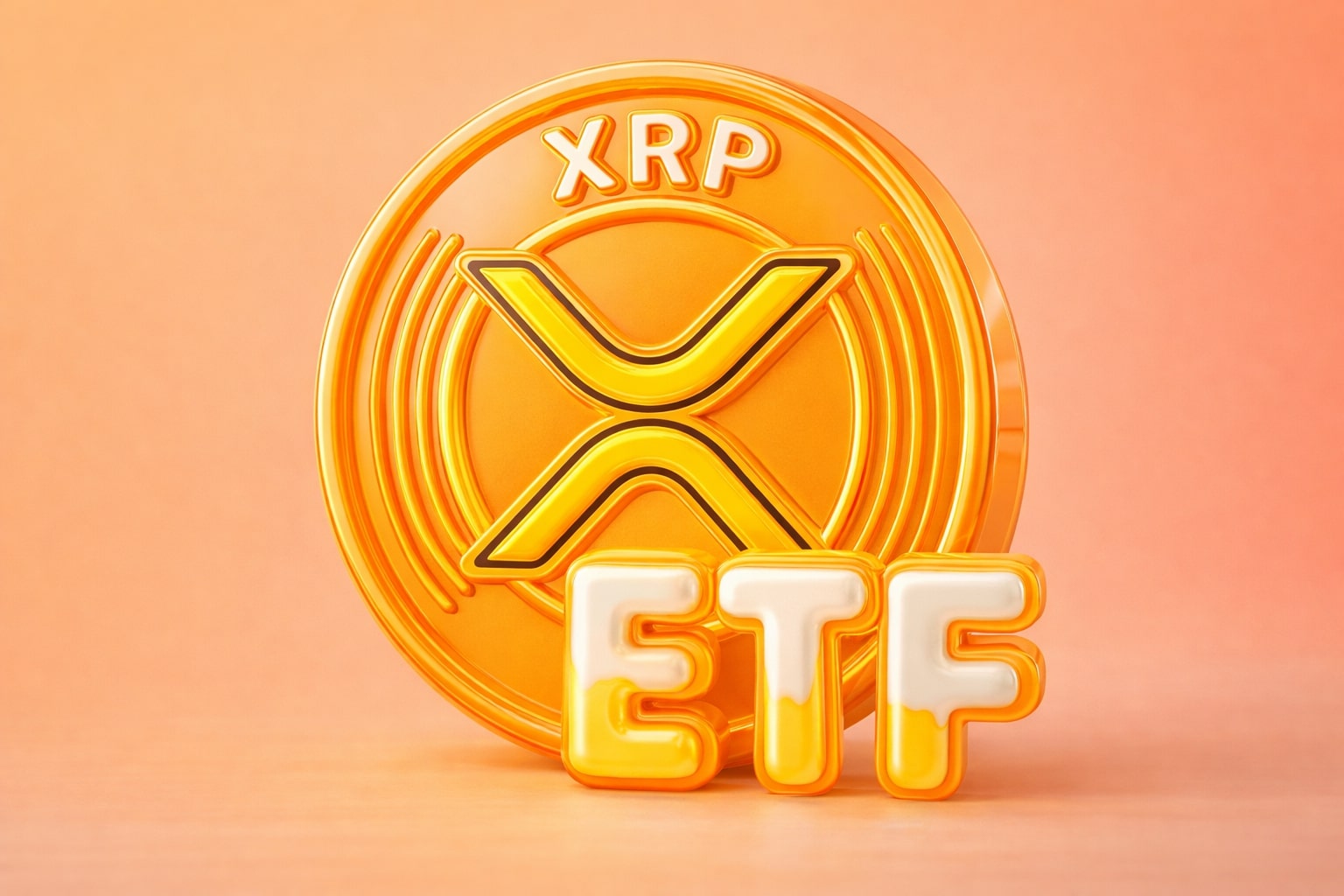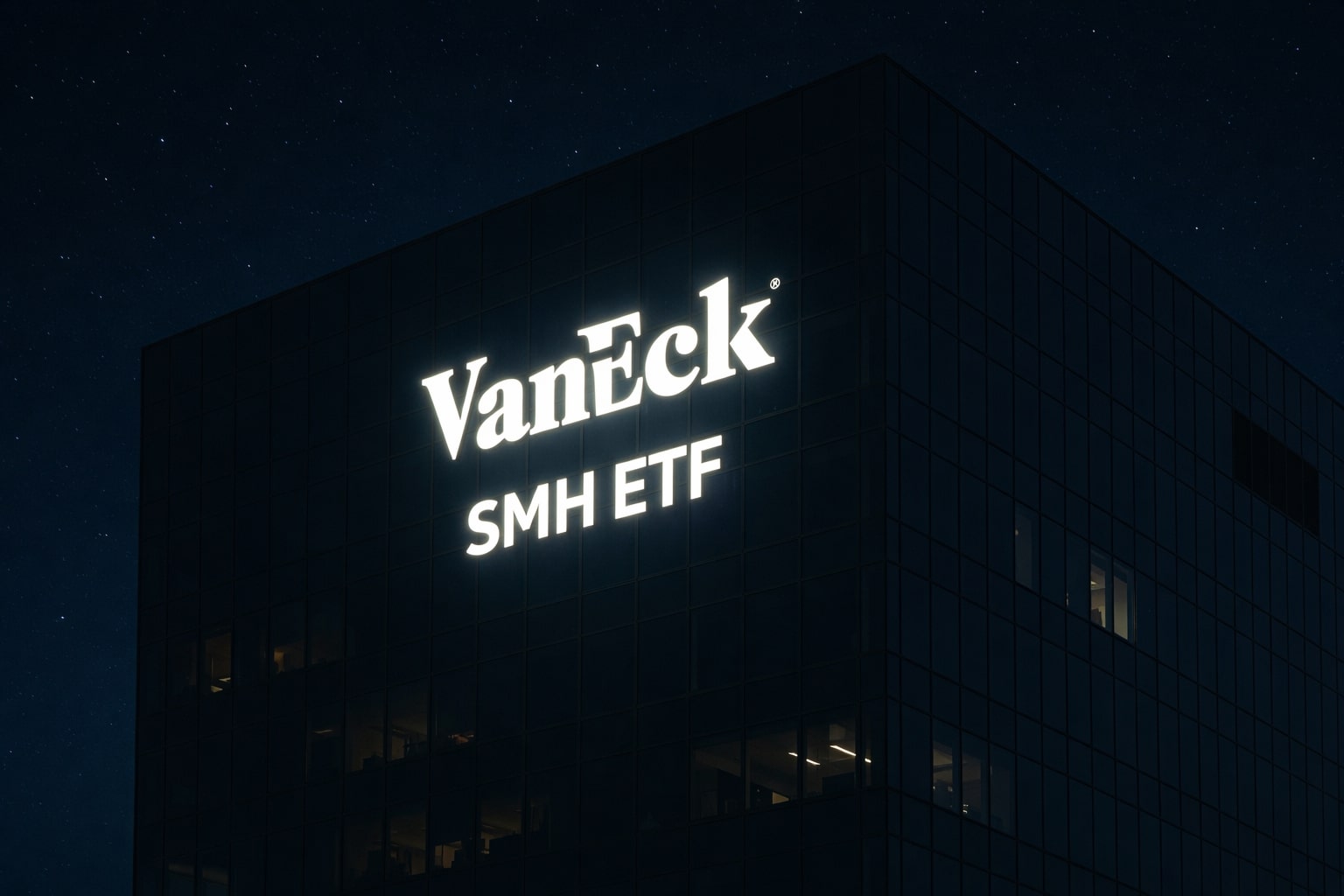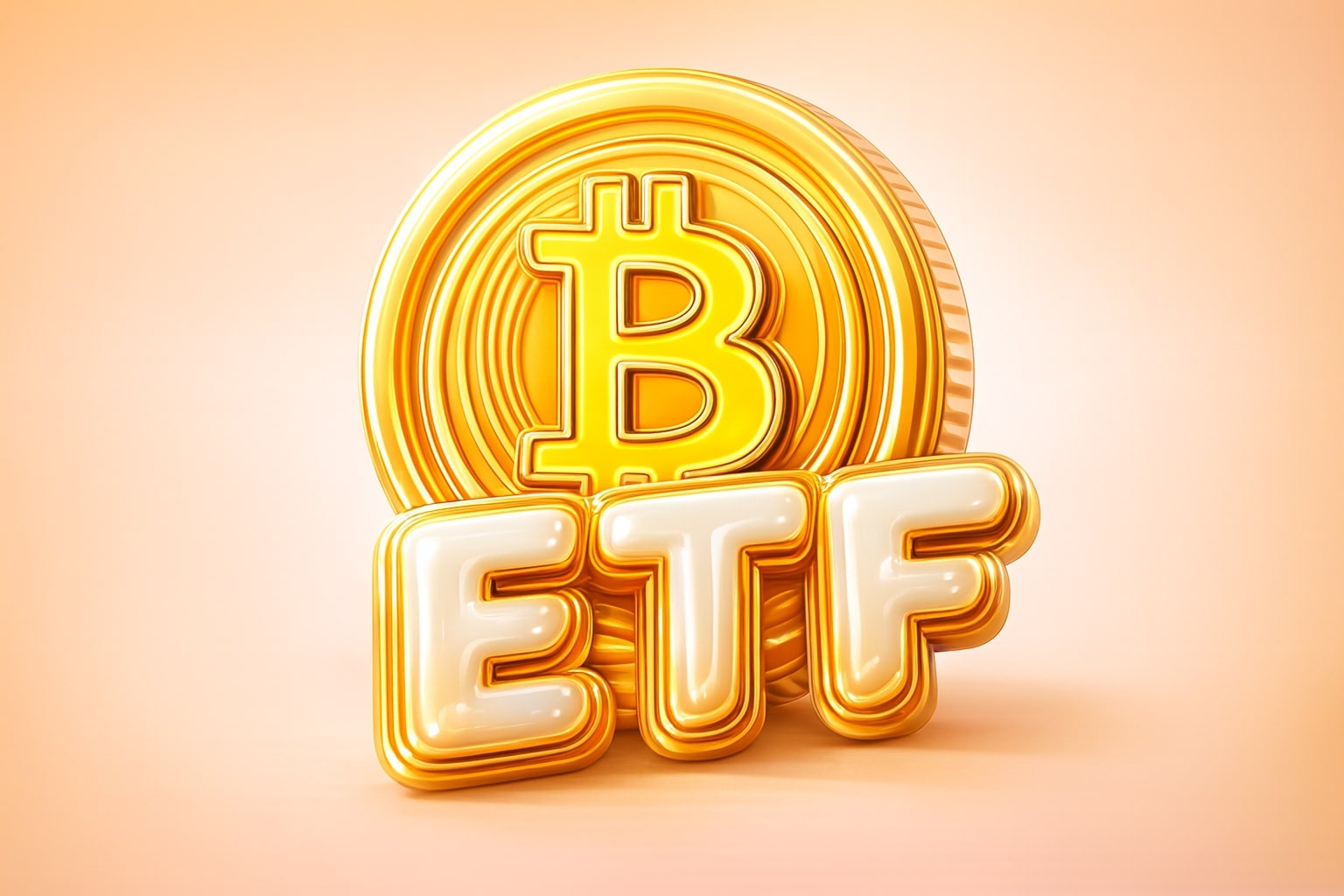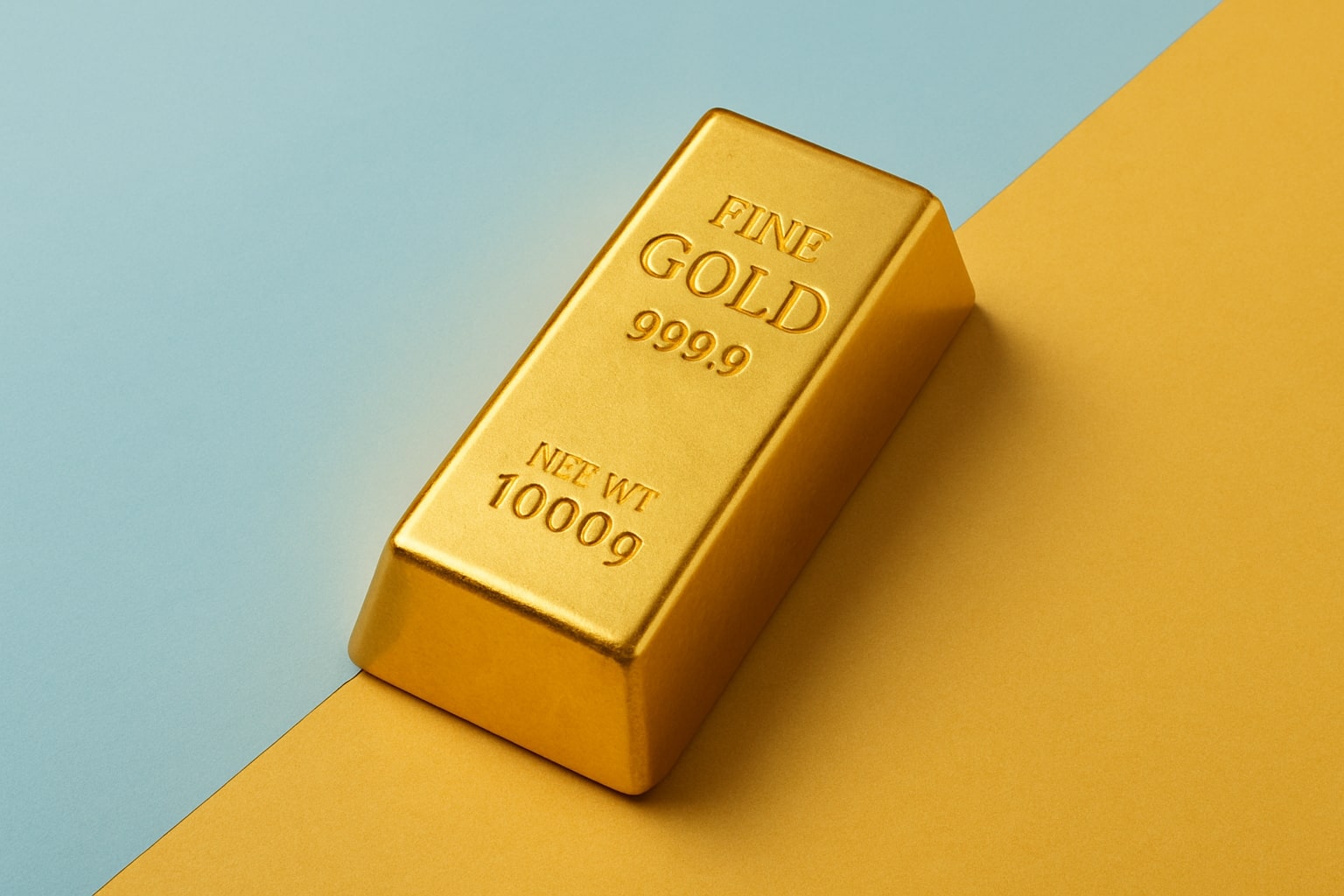
Gold Price Hits $3,366 As Inflation And Central Bank Demand Drive Safe-Haven Buying
Will gold break above $3,375 amid renewed stagflation fears, strong institutional demand, and global rate cut delays? | That's TradingNEWS
Gold price strengthens toward key resistance as inflation and trade risks fuel demand
Gold price (XAU/USD) surged to $3,366 per ounce in early Wednesday trading, rising 0.7% and sitting just 4% below its record high from April. The rally reflects growing safe-haven demand as investors brace for the latest US Consumer Price Index (CPI) report and ongoing geopolitical tensions.
Despite recent announcements of a US-China trade framework, markets remain cautious. Both US President Donald Trump and Chinese President Xi Jinping must still formally approve the agreement. Until then, traders are treating the deal as tentative — keeping the bid for gold elevated.
Adding to the bullish backdrop, a US federal appeals court ruled that Trump’s Liberation Day tariffs can remain in effect while under review, sustaining inflation pressures already elevated by ongoing supply disruptions.
Central banks drive structural gold demand as reserves hit 20%
The European Central Bank reported that gold accounted for 20% of global reserves in 2024, surpassing the euro and making gold the world’s second most important reserve asset. Central bank buying has become a structural driver of gold prices, as policymakers diversify away from fiat currencies amid ballooning deficits and geopolitical fragmentation.
This sustained demand from central banks reinforces gold’s upward trajectory, adding a layer of support beneath speculative flows driven by CPI data and short-term rate expectations.
US inflation data key to next gold move
Traders now focus on the upcoming US CPI print. Consensus expects a 2.5% YoY increase, up from 2.3% in April. A hotter CPI could delay Federal Reserve rate cuts, increasing real rates and potentially capping gold’s advance in the short term. Conversely, a softer print could fuel further rallies toward $3,375 and $3,405.
Stagflation risks are also back in focus after the World Bank cut its 2025 global growth forecast to 2.3%, citing rising trade frictions and policy uncertainty. Historically, such environments have favored gold as both an inflation hedge and a portfolio diversifier.
Technical setup points to bullish continuation
Technically, gold is consolidating near the top of its weekly range after bouncing from trendline support at $3,315. The current move higher is supported by:
-
50-EMA bounce: price rebounded after briefly dipping below $3,333
-
MACD bullish crossover on the 4-hour chart
-
Morning star reversal pattern signaling a potential breakout
Immediate resistance sits at $3,349. A close above this level could open targets at $3,375 and $3,405. Support remains at $3,315, with deeper levels at $3,271 and $3,245.
Institutional demand underpins the gold bid
Beyond retail and speculative flows, institutional appetite for gold remains robust. In the Philippines, for instance, gold prices rose to 6,002.09 PHP per gram on Wednesday from 5,968.30 PHP the previous day — tracking international USD moves. This local buying mirrors the global trend, as investors seek protection against weakening fiat currencies.
US Treasury auctions this week — including a 30-year bond sale — are also in focus. A weak auction could further fuel gold demand by signaling bond market discomfort with fiscal deficits.
Geopolitical tensions add to safe-haven flow
Meanwhile, geopolitical risks persist. Russia’s renewed strikes on Kharkiv and Israel’s continued bombardment of Gaza sustain global risk aversion. Combined with legal uncertainty over US tariffs and fragile US-China trade progress, these factors continue to support safe-haven flows into gold.
Gold Price Forecast
Gold price at $3,366 per ounce reflects a powerful mix of structural central bank demand, rising inflation fears, and geopolitical uncertainty. With CPI data and bond market signals looming, the metal faces a potential breakout toward $3,375 and $3,405 — or a tactical pullback if rate expectations shift.
Traders should closely watch upcoming macro catalysts, but the broader backdrop remains supportive. Central bank accumulation and stagflation risks argue for maintaining gold exposure as a core portfolio hedge.
That's TradingNEWS
Read More
-
SMH ETF: NASDAQ:SMH Hovering at $350 With AI, NVDA and CHIPS Act Fueling the Next Move
16.12.2025 · TradingNEWS ArchiveStocks
-
XRP ETFs XRPI and XRPR: Can $1B Inflows Lift XRP-USD From $1.93 Back Toward $3.66?
16.12.2025 · TradingNEWS ArchiveCrypto
-
Natural Gas Price Forecast: NG=F Falls to $3.80–$3.94 as Warm Winter Kills $5.50 Spike
16.12.2025 · TradingNEWS ArchiveCommodities
-
USD/JPY Price Forecast - USDJPY=X Slides, BoJ 0.50% Hike, Fed Cut and NFP Set the Next Big Move
16.12.2025 · TradingNEWS ArchiveForex















